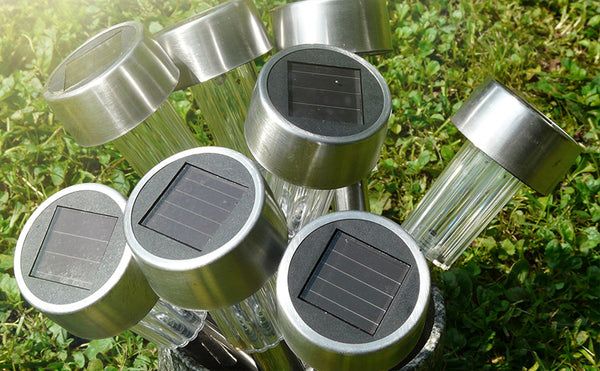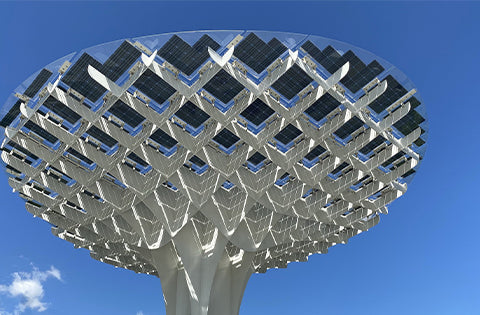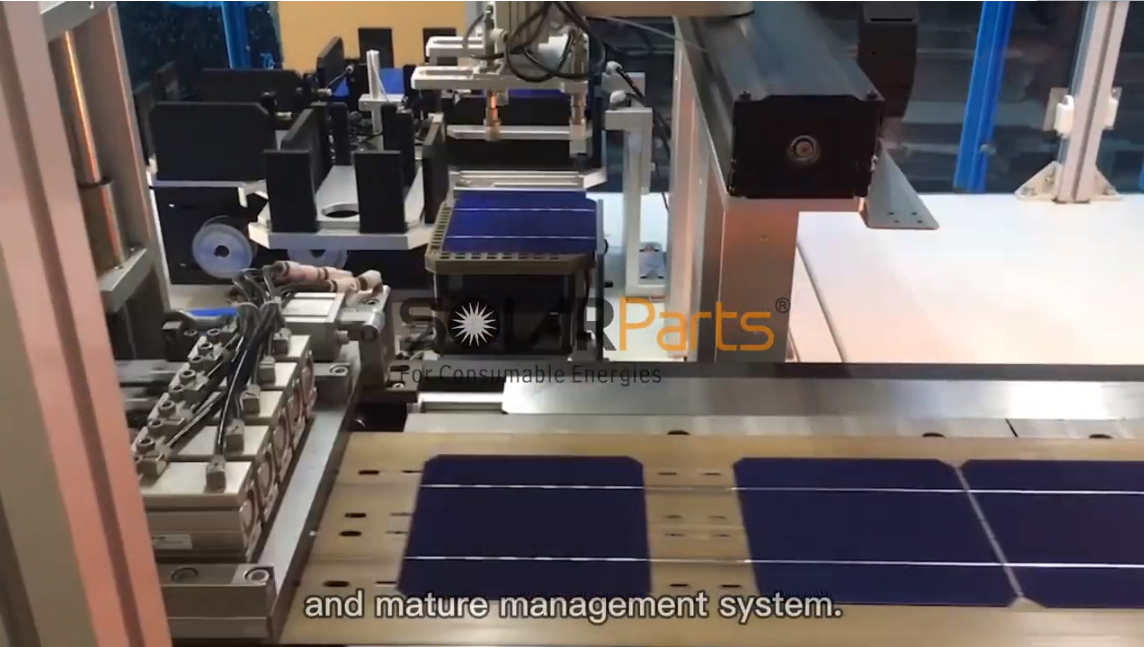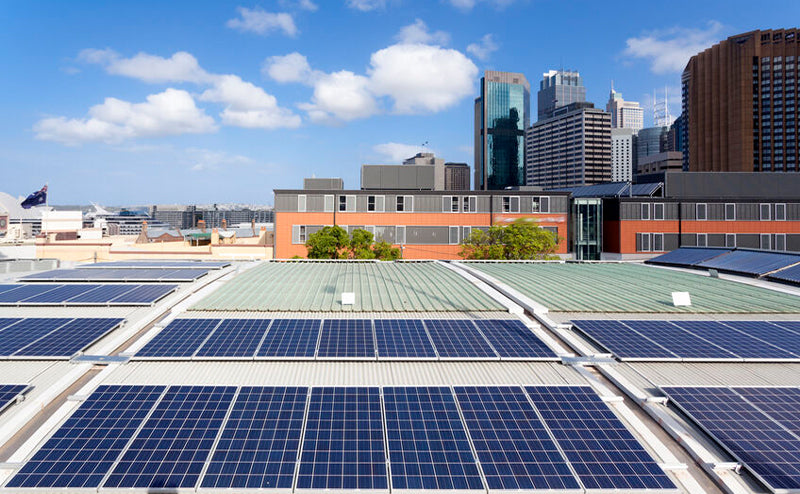Solar lights are, as the name states, lighting units powered by solar energy. Using this ‘green’ energy, solar lights charge up then emit light during dark hours. The main components are usually a solar rechargeable battery, an LED light and a photoresistor (which detects the absence of light). It is the photovoltaic process that converts solar energy to usable electricity.
The process of powering solar lights is as follows:
– The “Photovoltaic” (PV) cells gather energy – during daylight hours, the units use sunlight to charge their internal batteries using a solar cell.
– The solar light turns on – most solar lights have built-in sensors to detect low light i.e. at dusk. This triggers the cell to power the battery and turn on the light.
– The solar light turns off – when light levels rise outside, like at dawn, the lights turn off.
– The solar light recharges – every day the unit charges. Charging may be less effective during days with less direct sunlight, like during winter, but high-quality units will still charge and work during darker days.
And that’s it! Once installed, solar lights can last any number of years depending on the quality and provider. No wiring or mains electricity, just simple, green energy.
Do solar lights need batteries?
No! They already contain a battery that is charged via solar power. There is no need to replace this as the battery is integral to the working of the light and should last many years depending on the manufacturer.
In our Solareye80 units, we have a long life LFP battery with an estimated life of over 8 years, so you needn’t worry for quite some time.
Do solar lights need sun or any light?
Most solar lights require solar light from daylight, not artificial light. Although artificial light might have some effect and allow for charging, the speed and effectiveness would not be as such with daylight.
Do solar lights work in winter/in the shade?
Yes – just not as effectively.
Direct solar light, like in the height of summer, is when charging of solar light units is most effective. Essentially, the more sunlight received, the longer or the stronger the light will stay illuminated. However, there is still sun in winter, albeit not always direct, which will charge solar lights. The same goes for shade; solar lights will still charge in shade, just slower.
Where can solar lights be installed?
Solar lights can be installed practically anywhere as long as there is access to sunlight as they don’t require wiring for power; therefore, they must be outside. Solar lights are used as ground lighting, bollards, lamps, or even in roofs – perfect for outhouses and sheds.
Just to note: if installing units to vertical walls or fences, the units need to receive at least some direct sunlight for optimal performance. If unsure on the best placement, ask the manufacturer and they can advise.How are solar lights installed?
Depending on the application, solar light installation can vary from ground installation to roofs. As no wires or additional power is needed, solar light installation is super simple!
How are solar lights installed?
Depending on the application, solar light installation can vary from ground installation to roofs. As no wires or additional power is needed, solar light installation is super simple!
To learn more about photovoltaic power generation, please follow SOLARPARTS official website:
Twitter: Solarparts Instagram: Solarparts
Tumblr: Solarparts Pinterest: Solarparts
Facebook: Shenzhen Solarparts Inc
Email address: Philip@isolarparts.com
Homepage: www.isolarparts.com





